The Big Read: A vital economic pillar, S’pore’s tourism sector faces a brutal test of mettle amid Covid-19 fallout
SINGAPORE — Last year, civil servant Joanne Loh took a break from work for a few months, which she spent travelling to places such as Australia, Taiwan and Europe. The trips offered her a much-needed respite from her daily routine, said the 30-year-old.
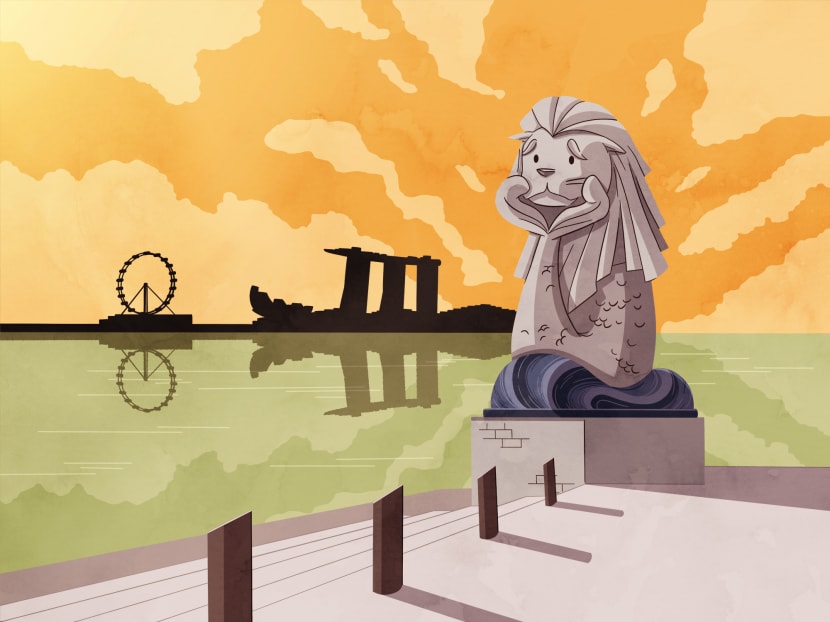
In the absence of other travel options, people here have been flocking to local attractions big and small to satisfy their wanderlust. However, the enthusiasm for “domestic tourism” will not be sufficient by a long shot to revive an industry on its knees, said industry players and experts.
- Many in S’pore have a pent-up desire for travel and can’t wait to get out of the country
- But given the dearth of travel options, people here have been flocking to local attractions big and small
- In July, the Government launched the S$45 million SingapoRediscovers campaign to encourage locals to support tourism businesses here
- However, the enthusiasm for “domestic tourism” will not be sufficient by a long shot to revive an industry on its knees, said industry players and experts.
- The tourism industry is an important pillar of the S’pore economy, contributing 4 per cent to its GDP. But it’s expected to take years to recover
SINGAPORE — Last year, civil servant Joanne Loh took a break from work for a few months, which she spent travelling to places such as Australia, Taiwan and Europe. The trips offered her a much-needed respite from her daily routine, said the 30-year-old.
“It’s fun to see the world and to take a break from work.”
This year, she had been looking forward to visiting Switzerland and Australia. Unfortunately, Covid-19 has put paid to her plans — along with those of thousands of other travel-hungry Singaporeans — as closed borders and grounded flights have made air travel, especially of the leisure kind, all but impossible since February.
Ms Loh is now trying to make do by exploring Singapore instead. Her family makes weekly trips to parks such as the Botanic Gardens and Admiralty Park. Last month, she went to tourist hotspot Gardens by the Bay — her first visit there in almost a year.
Like Ms Loh, many in Singapore have a pent-up desire for travel — people cannot wait to get out of the country even when there is no destination. Within a week of the Singapore Tourism Board’s (STB) announcement earlier this month that it would allow cruises to nowhere, Royal Caribbean International said that its first sail on Dec 1 was almost sold out.
Genting Cruise Lines, the other operator offering such cruises, also received over 6,000 bookings for its cruises to nowhere in just five days, The Straits Times reported.
In the absence of other travel options, people here have been flocking to local attractions big and small to satisfy their wanderlust. For example, families have been thronging to see the Changi Jurassic Mile dinosaur display between Changi Airport and East Coast Park since its opening on Oct 11, prompting Changi Airport Group to implement a booking system for weekend visitors.
However, the enthusiasm for “domestic tourism” will not be sufficient by a long shot to revive an industry on its knees, said industry players and experts.
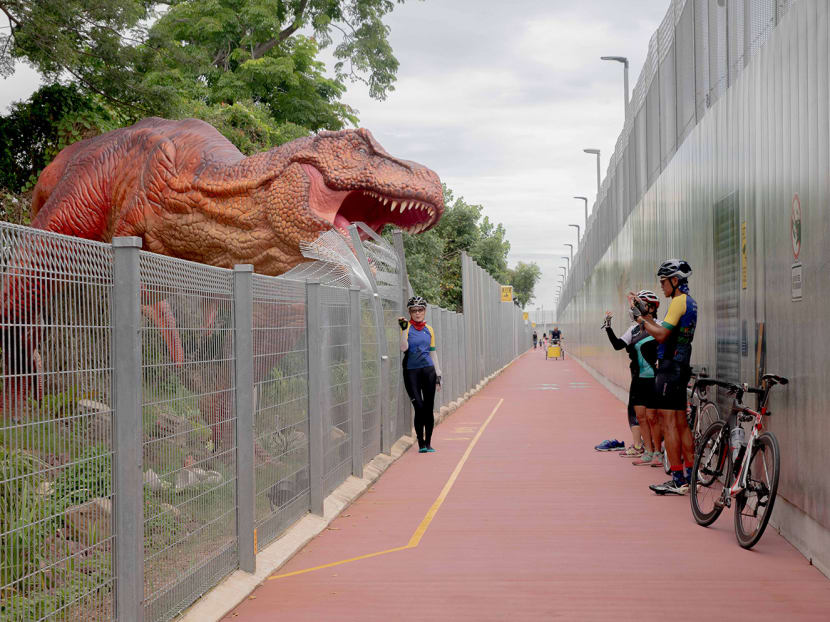
The tourism industry is an important pillar of the Singapore economy, contributing 4 per cent to its gross domestic product (GDP).
And with the number of international visitors here plunging from 1.69 million in January to just 8,912 in August, the adverse economic impact is being felt not just by the tourism sector, but also related industries such as retail, and food and beverage.
Already there are doubts over how long the tourism industry can sustain itself, with several companies and attractions already throwing in the towel.
STA Travel, a tour agency popular among students, closed down last month while KidZania Singapore, a theme park in Sentosa, called it quits in June.
To shore up the battered industry, the Government launched the S$45 million SingapoRediscovers campaign in July to encourage locals to support tourism businesses here and explore different sides of the island.
Next month, the Government is expected to announce details of the S$100 worth of vouchers which will be given at the end of the year to every Singaporean aged 18 and above, to be used on tickets for tourist attractions and tours, as well as for accommodation bookings at licensed hotels until June next year.
At a virtual dialogue with tourism industry players in July, Trade and Industry Minister Chan Chun Sing noted that Singapore has a “significant domestic market that is searching for new experiences”. He added: “If we're able to capture a slice of what we used to spend overseas for the domestic market, then I think it will be a significant boost to our local tourism industry.”
While it will alleviate the dire situation, revenue from the domestic market in a small country like Singapore is not enough to make up for the loss of international visitors, especially when regular travel is only expected to resume in three to five years, industry experts say.
They also predict that the tourism industry in Singapore will reconfigure itself during this difficult period as businesses fold or recalibrate their plans.
Ultimately, the industry here will see major changes in a post-Covid-19 world. Even if regular air travel were to resume, the tourism sector is unlikely to contribute to Singapore’s economy at the same level prior to the pandemic, said some experts.
LIMITS TO ‘REDISCOVERING S’PORE’
While local tour operators said that the push towards domestic tourism will provide them with some breathing space, they cited several challenges, such as a limited number of products and getting Singaporeans excited over local offerings.
Mr Toh Thiam Wei, the founder of walking tour company Indie Singapore Tours, said that the SingapoRediscovers campaign has helped to pique curiosity among Singaporeans who previously would not search for local tours.
He said that nearly all his clientele prior to the pandemic were made up of international tourists. While absolute numbers in enquiries in his tours had dropped during the circuit breaker which ended on June 1, he has seen a three-fold increase in queries from locals in the last two months.
However, Mr Toh was quick to caution that these numbers may not represent an accurate picture since the starting base for local enquiries was low to begin with.
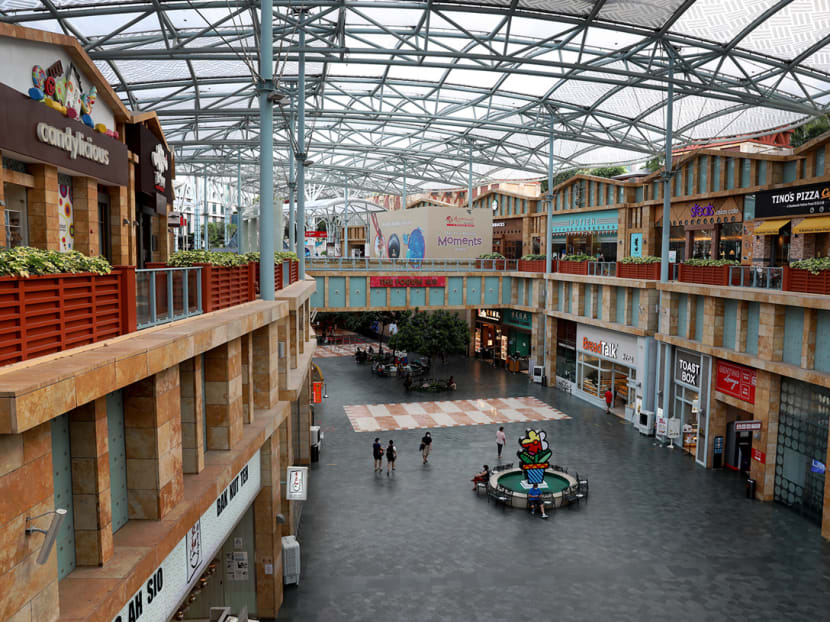
Mr Robin Loh, the founder of Let’s Go Tour Singapore, said that revenue for the tour company is now half of what it used to be during pre-pandemic times.
There is little interest in the company’s mainstay of bicycle tours. Instead, it has had to think out of the box and offer tours which appeal to locals such as a kelong boat tour and kampung walking tours.
Mr Loh said that the company has been “rewarded with a good take-up rate” for its new products. It runs four to five kampung walking tours every week since they started in mid-August. It has also been conducting six to eight boat tours a week since they were launched at the end of July.
Nevertheless, he was unsure how long he could sustain the company based on the domestic market alone.
“This is totally new ground for us, and (the tourism landscape) is very dynamic. We have no idea when everything will be back to normal,” he said.
The tour groups welcomed the latest move by the Government to support the industry by doubling the cap on the number of people who can join walking, cycling and kayaking tours to 20 from next month onwards.
However, there remain limitations, they said. For example, Mr Toh said that his tour groups will still be limited to five for the time being so that they do not infringe on safe distancing regulations when visiting certain places such as restaurants, which still limit tables to five customers each and disallow mingling between guests from different tables.
Other tour operators reiterated that wooing locals is not easy. Mr Stanley Foo, the owner of Oriental Travel and Tours, said that Singaporeans are price-sensitive.
Foreign tourists are willing to spend more as they are on holiday and the company is able to sell them bundled tour packages inclusive of accommodation and transport.
Locals, however, need to be enticed with attractive and cheap tours, said Mr Foo. Hence, he is offering a 30 per cent discount on his “Creepy Tales of Singapore” tour which typically retails for S$150. The tour takes visitors to a cemetery and World War II sites.
Mr Loh lamented the general lack of interest among Singaporeans in local tours. “The first thing that people will spend (their vouchers) is on staycations, and there’s nothing for us,” he said.
Unlike hotels offering staycations, tours and attractions are also unlikely to get many repeat domestic visitors.
Ms Loh, the civil servant, said that her family is unlikely to return to attractions such as Gardens by the Bay or the River Safari as the exhibits will largely be the same.
Mr Sivakumar Rajendran, a 31-year-old communications executive, suggested that the SingapoRediscovers vouchers be bundled with promotions to entice more residents to explore the city. Unique experiences, such as a tour of the inner workings of the zoo provided by a zookeeper, could also be offered to encourage locals to revisit mainstay attractions, he added.
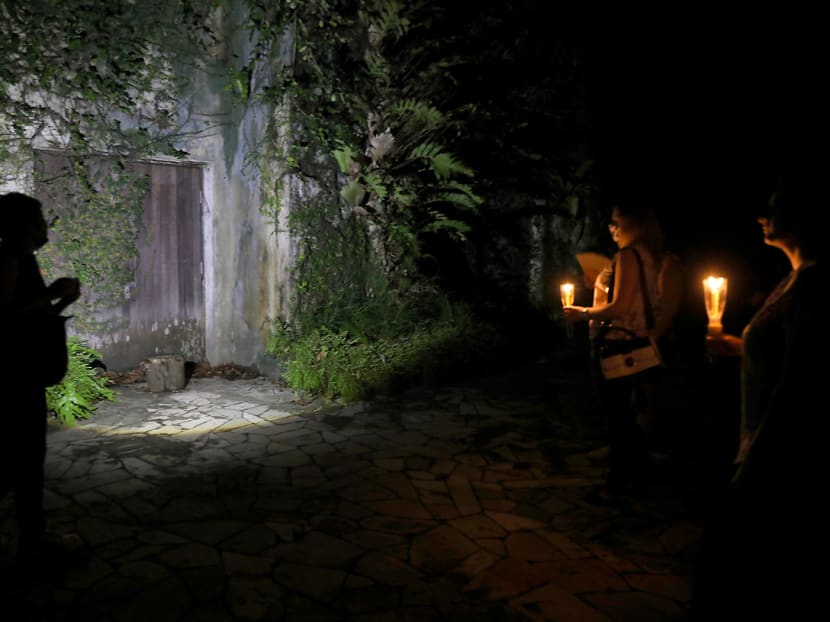
However, a Singaporean in his 60s, who wanted to be known only as Mr Tham, said that ultimately, it is practically impossible to replace the experience of travelling overseas.
“(Overseas travel) is a holistic thing. It’s the whole ambience, being in another culture and hearing a different language,” said Mr Tham, who works in a financial institution.
Local tour operators interviewed said they are banking on air travel bubbles — which will exempt travellers from quarantines or stay-home notices — to gradually bring in overseas visitors. Singapore and Hong Kong recently reached such an agreement, which will allow all forms of travel between both cities, with details to be announced later.
DOMESTIC MARKET ‘CAN’T SUSTAIN INDUSTRY BEYOND MID-2021’
Despite the best of efforts, the push towards domestic tourism is unlikely to sustain the sector beyond the coming months, said industry watchers.
Last year, Singapore hosted a record 19.1 million visitors, and tourism receipts amounted to S$27.7 billion.
It would be impossible for the S$320 million worth of SingapoRediscovers vouchers to replace the lost tourism receipts for this year, said Mr James Walton, Transport, Hospitality and Services Leader of Deloitte Singapore.
The vouchers are a short-term measure to “bring Singaporeans out of the malls and into domestic tourism”, and is only intended to last into the holiday season in December, he added.
Likewise, Dr Kevin Cheong, the chairman of the Association of Singapore Attractions (ASA), said that the vouchers will only spur domestic tourism until June next year at best.
Mr Chew Kian Beng, the course chair of diploma in hospitality and tourism management at Temasek Polytechnic, said that the vouchers will have a spillover effect to other industries such as food and beverage, and will offer some respite to businesses in covering their overhead cost.
With the vouchers valid until next June, Mr Chew said this would hopefully grant sufficient time for air travel bubbles to resume.
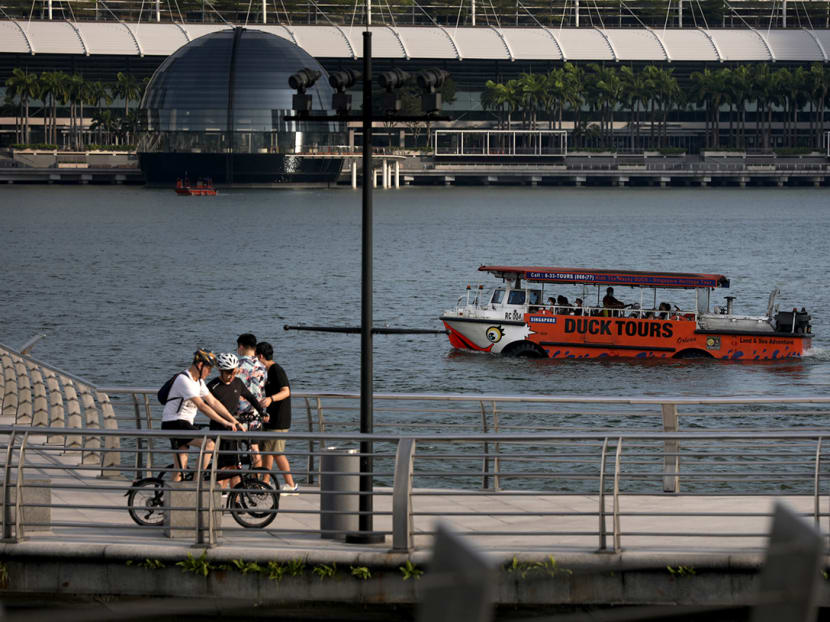
Mr Keith Tan, chief executive of STB, had also acknowledged the limits of the domestic tourism campaign during the launch of the campaign in July.
“This year, we do not expect domestic consumption to fill the hole left by the diminution of international travel,” he said.
“But what we hope to do is to create cushions … buy as much time as we can (for) businesses.”
STB chairman Chaly Mah had said on the sidelines of the Singapore Summit last month that the Government’s goal was to capture a tenth of the S$34 billion that Singaporeans spent for tourism overseas in 2018.
Mr Christopher Khoo, managing director of international tourism consultancy MasterConsult Services, said that this is a realistic goal, assuming that each Singaporean who receives a voucher spends an additional S$900.
With international travel only likely to return to pre-pandemic levels in three to five years, Mr Khoo said that in the short term, the tourism industry will undergo a transformation, with hotels, tour agencies and some attractions likely to give up their businesses for good.
“There will be a lot of reconfiguration and agencies will close but I can tell you when the markets turn, those that are around will be nimble and able to restart the engine,” he said.
In response to TODAY’s queries, STB’s Mr Tan said the agency has employed various measures to support the industry in the longer term.
In the short term, economy-wide measures, such as the Jobs Support Scheme and corporate income tax rebate scheme, will ease cash flow for businesses. The STB is also supporting local tourism businesses by funding training courses for employees in the sector.
The Tourism Recovery Action Taskforce formed in February, and comprising industry and government representatives, is working with the industry to map out recovery strategies and plans for tourism in Singapore, said Mr Tan.
The STB will also support businesses in their efforts to transform their business models and adopt digital solutions, said Mr Tan.
This includes the development of AR (augmented reality) content, such as that of Singapore icons, cultural and heritage items, to allow people around the world to experience Singapore digitally. The STB has also developed various tools and platforms to help tourism businesses accelerate their digital transformation, said Mr Tan.
“Businesses must act now and seize the chance to train workers in emerging skills and new capabilities that will be sought in the new Covid-19 environment. By adapting to the new realities and accelerating their transformation, they will be better-positioned to capitalise on opportunities when recovery comes,” he added.
OPERATORS CUT COSTS, TRY TO ADAPT
Several industry players told TODAY they are making plans to adapt to the current situation as well as changes in the sector in the long term. Apart from tweaking their business models and coming up with innovative offerings, they have had to cut costs to stay viable.
Wildlife Reserves Singapore (WRS), which manages Singapore Zoo, Night Safari, Jurong Bird Park and River Safari, said that with leisure travel still some time away, it is focused on growing its membership community which provides unlimited visits to either a single park or all of their parks all year round.
Responding to TODAY’s queries, WRS deputy chief executive officer Cheng Wen-Haur said that cost-saving exercises, such as voluntary pay cuts by senior staff members, were also put in place early.
“Since the reopening of the parks, we have rebounded to a certain extent. The recent ease in measures allowing attractions to operate at an increased capacity of 50 per cent has also helped, particularly with school holidays around the corner,” Dr Cheng added.
He noted that while there is “protracted uncertainty” from the disruption to international tourism, WRS is encouraged by the gradual opening of Singapore’s borders and is “ready as (it) can be” to operate in a changing environment.
Apart from developing digital means to engage a wider audience, such as through live camera interactions with animals and their care teams, WRS is also looking to refresh its exhibits to draw repeat visitors.
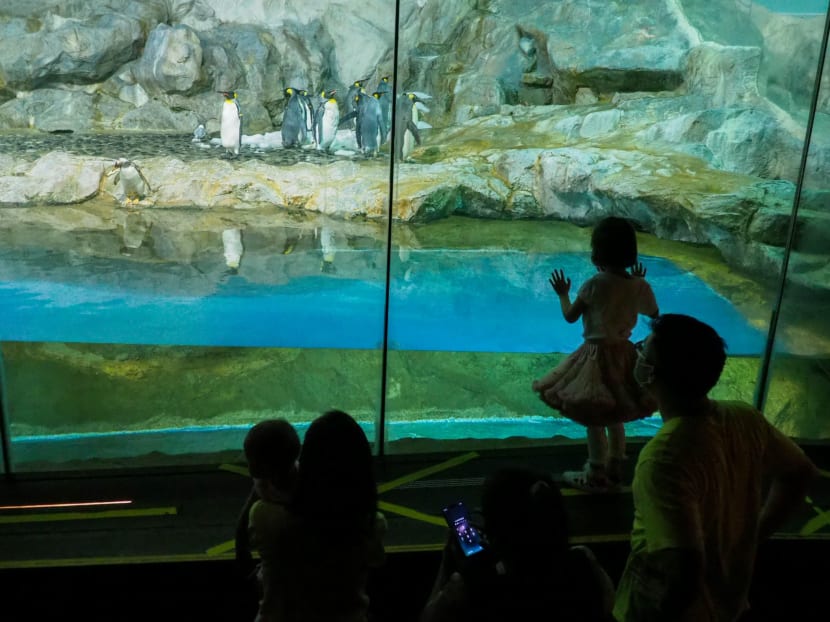
Gardens by the Bay chief executive officer Felix Loh said that while many attractions need to shift their focus to the domestic market during this downturn, doing so is “not a radical shift in approach” for the Gardens, which started out as a public venue for Singaporeans to gather.
The Gardens has seen a steady-month-on-month increase in local visitorship, from 360,000 visitors in July to more than 600,000 this month. Local visitorship in September and October also exceeded the visitorship in the same months last year, noted Mr Loh.
“Yet despite the positive local visitorship, the financial pressures are still very real, given that tourists used to constitute half of our visitorship pre-pandemic,” he added. “As such, we have taken decisive steps to reduce our costs and expenses, for example reducing reliance on external contractors and casual staff, and tapping on our core staff strength to keep Gardens by the Bay functioning.”
The Gardens is also reviewing its offerings in order to cater to the domestic market, such as by bringing back flagship events and floral displays in a safe and careful manner. Its Mid-Autumn Festival event, for instance, saw a reduced number of lantern displays and more staff on site to ensure that crowds kept to safe-distancing measures.
“It is a difficult period for attractions, and we are unsure if we will succeed in reducing our financial burden with these new initiatives,” Mr Loh said.
He added: “We plan for these changes to have longevity even beyond the pandemic, so that what we have put in place in the immediate future will continue to be relevant and exciting to tourists when they return eventually.”
Dr Cheong, the chairman of ASA, noted that the bigger attractions here will face challenges in targeting local visitors as they will have to find ways to encourage repeat visits.
For instance, if at least 70 per cent of an attraction’s visitors are international tourists, it will now have to find ways to get a local resident to visit the attraction three times to replace the loss of an international visitor, said Dr Cheong, who is also the executive director of high-tech theme park Sentosa 4D AdventureLand.
To do so, attractions will have to invest money to vary their products. However, this could be difficult to do as they would already have sunk in much capital to cater to international visitors, he added.
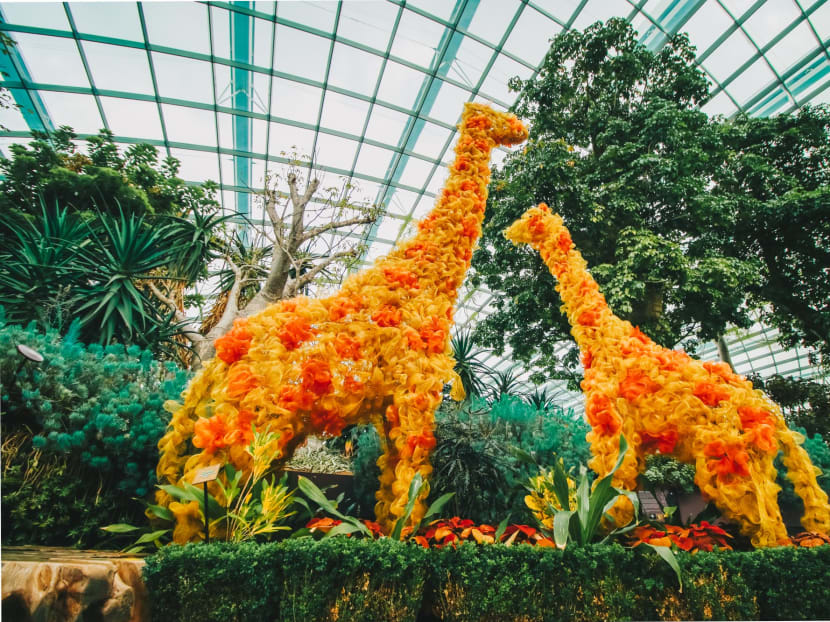
Hotels here are also looking for ways to tap the domestic market.
Accor, the largest hotel operator in Singapore, said that while its hotels have seen strong pent-up demand from people looking to celebrate occasions that they have missed in the last six months, it will not be enough to sustain the industry in the long term.
An Accor spokesperson said that as such, it is looking to create “amazing experiences” to give people reasons to take repeated staycations.
For example, Fairmont Hotel, which is part of its chain, offers a staycation featuring a spa session targeted at mothers in partnership with cosmetics company Lush and clothing company Uniqlo.
Similarly, Pan Pacific Hotels Group has also sought to attract local residents with experiences offering “more than a good night’s sleep”. For instance, the group’s Parkroyal Collection Marina Bay, which opens in December, will provide packages which allow guests to do urban farming at the hotel.
The group is also offering “work from hotel” packages which allow people to work on its premises. So far, it has already seen a doubling in staycation sales compared to last year.
It is rolling out a virtual meeting service, where firms can hold virtual meetings with clients at hotels with meeting amenities and coffee breaks included.
With social distancing still in place, such “hybrid meetings” will allow companies to host meetings at different function rooms within a single hotel or at different hotels within Singapore or globally, said Miss Cinn Tan, the chief sales and marketing officer of Pan Pacifc Hotels Group.
Like the other players in the tourism sector, food and beverage outlets which are dependent on tourists are also turning inwards in order to sustain business.
Mr Bhandari Rajender Kumar, the director of Saffronfoods and Consultants which manages an Indian restaurant at the Singapore Flyer, said that business revenue has dropped by 80 per cent since the pandemic struck.
While his restaurant used to be a popular spot for corporate dinners hosted by international companies, he will now promote it as a dinner and party space to locals instead.
With Singapore progressively reopening its borders with special travel arrangements inked with other places, at least one tour operator told TODAY that it plans to seize the opportunity by targeting inbound visitors, even though the numbers are small.
Mr Michael Lee, director of Luxury Tours and Travel, pointed out the challenge of competing with other tour operators for a small domestic market. Instead, his company is taking the chance to carve out a niche by providing travel services and tours to business travellers entering Singapore via green lane channels, as he expects this segment of visitors to grow faster than leisure travellers.
LONG-TERM IMPLICATIONS
With the all round uncertainty, industry watchers were divided on the prospects of Singapore tourism when international travel gradually returns to normal levels.
Mr Walton of Deloitte Singapore called himself an “optimist” and said that he expects international travel to return to pre-Covid levels as early as 1.5 years from now.
While business travel could resume slower than leisure travel due to a greater shift towards virtual meetings, he said that some segments — such as trade shows and exhibitions — will eventually be restored as their experiences are difficult to replicate virtually.
MasterConsult Services’ Mr Khoo, however, offered a grimmer picture.
“There is going to be a rush to recover the numbers but I really doubt we will see the kind of arrivals that we did before, at least not in the next decade,” said Mr Khoo.
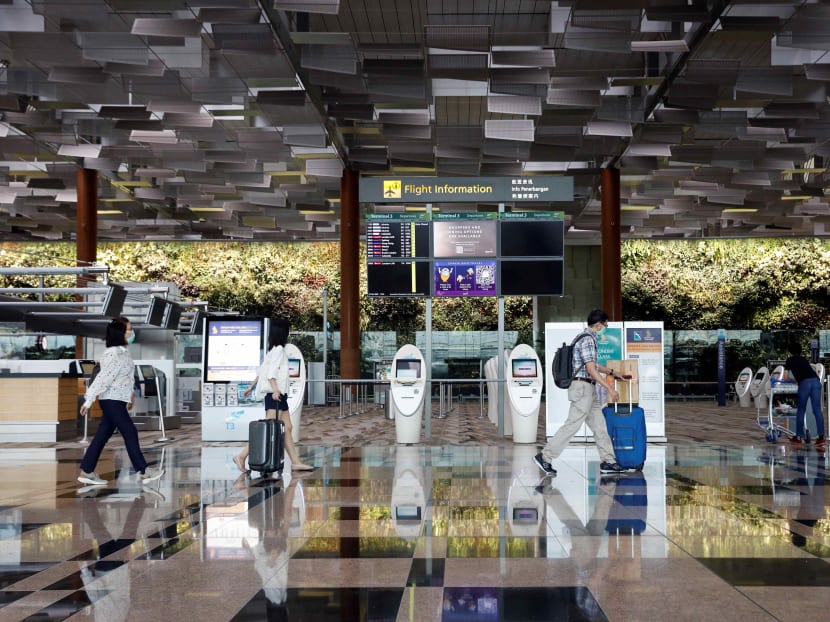
He said that the tourism industry in future will be driven by the quality and experience offered to tourists in line with guidelines and protocols to ensure their health and safety.
For example, he had observed how some tour groups in Singapore were providing commentary to their groups through wireless microphones. Such technology not only complied with safe distancing measures but also delivered a better experience for tourists as they no longer have to strain to listen to the tour guide, he noted.
The pandemic will also have a long-lasting impact on manpower and talent in the industry, which is set to undergo a challenging period.
Mr Chew from Temasek Polytechnic said that companies are unlikely to consider new hires in the current climate. Hence, internships will continue to play an important role as a talent pipeline.
In the meantime, new job roles have emerged, such as virtual event producers in the meetings, incentives, conferences and exhibitions (Mice) space, he added.
Still, the slump in tourism would result in people with relevant skills leaving the industry as firms downsize or fold. Once lost, such skills — including the management of large-scale events — cannot be easily replicated by newcomers when the industry eventually gets back on its feet.
The traditionally labour-intensive industry is also likely to become more digitalised to reduce its dependence on foreign manpower, added Mr Walton.
With fewer manpower, service delivery in the tourism sector would suffer, said ASA’s Dr Cheong. He suggested temporarily redeploying service staff to similar roles in other industries during the current slump.
This will help to retain talent within the service industry, he added.
STB’s Mr Tan said that the agency expects more jobs and businesses to be impacted in the coming months and even years.
“STB will continue to work closely with the tourism sector, and support businesses through this trying period by growing domestic demand, building confidence through our health and hygiene standards and encouraging them to innovate with new products and marketing,” he said.








